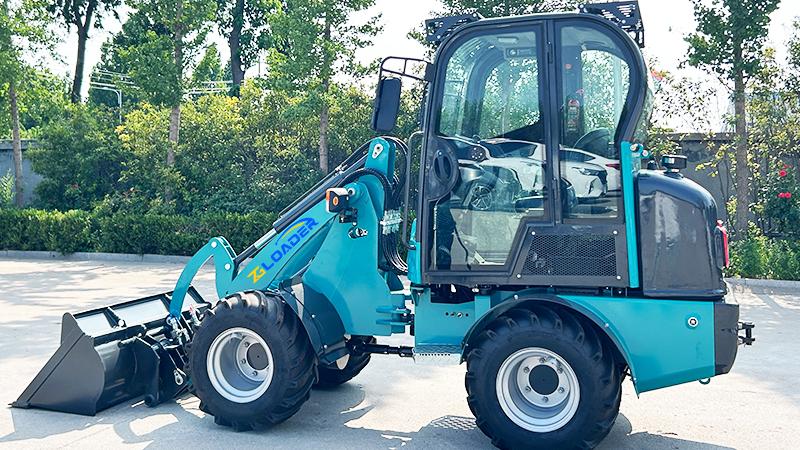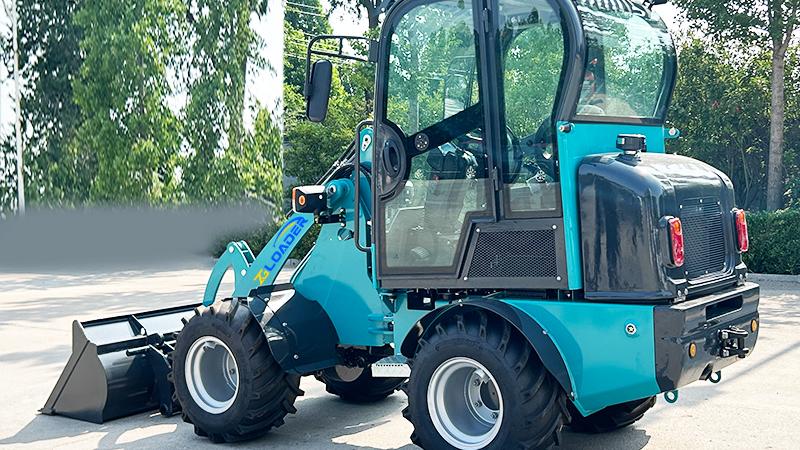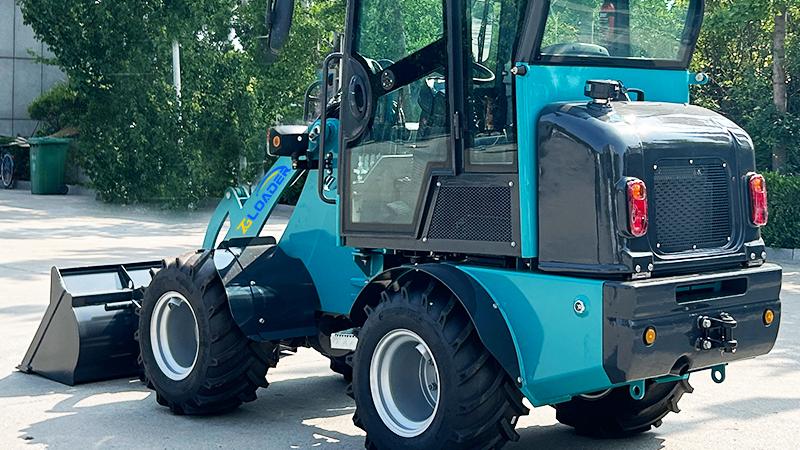The European Union has established itself as a global frontrunner in the implementation of rigorous environmental legislation, and its relentless drive towards cleaner air is profoundly reshaping the industrial and construction machinery sector. At the heart of this transformation is the Euro Stage V regulation, the latest and most stringent directive governing emissions from non-road mobile machinery, which includes the ubiquitous and vital wheel loader. A Euro Stage V wheel loader is not merely a incremental upgrade from its predecessors; it represents a fundamental technological leap, a machine re-engineered from the ground up to operate with unprecedented cleanliness and efficiency. The core definition of such a machine hinges on its compliance with the legally mandated limits for key airborne pollutants: particulate matter (PM) and nitrogen oxides (NOx). To achieve this, a modern Stage V-compliant wheel loader is equipped with an integrated, sophisticated aftertreatment system. This typically comprises a Diesel Oxidation Catalyst (DOC), a highly efficient Diesel Particulate Filter (DPF) that captures over 99% of soot particles, and a Selective Catalytic Reduction (SCR) system that uses a liquid reductant, often referred to as Diesel Exhaust Fluid (DEF) or AdBlue, to convert harmful NOx into harmless nitrogen and water vapour. Furthermore, the regulation for the first time imposes a limit on the number of particulate particles, effectively mandating the use of a DPF to control ultrafine particles that are particularly detrimental to human health. Consequently, a Stage V wheel loader is a marvel of emission control engineering, delivering powerful performance while its emissions are cleaner than the ambient air in many urban environments, symbolizing a pivotal shift towards sustainable mechanization in Europe's industrial landscape.
The technological journey to achieve Stage V compliance has been complex and has necessitated significant advancements in engine and aftertreatment design for the wheel loader. The primary challenge was to simultaneously drastically reduce both PM and NOx, as there is often a trade-off between the two in internal combustion engine design. Engine manufacturers responded by refining internal combustion processes through higher precision fuel injection, optimized combustion chamber geometry, and advanced turbocharging, leading to cleaner combustion at the source. However, the in-cylinder measures alone were insufficient to meet the draconian Stage V limits. This is where the integrated aftertreatment system becomes the cornerstone of compliance. The journey of exhaust gases in a Stage V wheel loader is a carefully orchestrated cleaning process. First, the DOC initiates the process by oxidizing carbon monoxide and unburnt hydrocarbons. The exhaust then passes through the DPF, a ceramic filter with thousands of microscopic channels that physically trap particulate matter. Soot accumulated in the filter is periodically burned off during a process called 'regeneration,' which can be passive (using the engine's exhaust heat) or active (injecting extra fuel to raise the temperature). Finally, before exiting the tailpipe, the exhaust is treated by the SCR system. Here, DEF is precisely injected into the exhaust stream, where it vaporizes and decomposes into ammonia. Within the SCR catalyst, a chemical reaction occurs where ammonia reduces NOx into simple diatomic nitrogen (N2) and water (H2O). This multi-stage process ensures that the final output from a modern wheel loader is exceptionally clean, making the machine compliant with the law and far less polluting than any of its predecessors, a necessary evolution driven by environmental imperatives.
The question of why this specific standard is required in Europe is multifaceted, rooted in a compelling blend of public health urgency, environmental stewardship, and long-term economic strategy. The primary and most critical driver is the protection of human health. Scientific evidence has overwhelmingly established that diesel engine emissions, particularly PM and NOx, have severe adverse effects on respiratory and cardiovascular systems. Particulate matter, especially the fine and ultrafine particles targeted by Stage V, can penetrate deep into the lungs and even enter the bloodstream, leading to increased rates of asthma, lung cancer, heart attacks, and premature death. Nitrogen oxides contribute to the formation of ground-level ozone and smog, which exacerbate respiratory diseases. Non-road machinery, including the wheel loader, was identified as a significant contributor to these pollutants, and prior to these regulations, its emissions were largely unregulated compared to on-road vehicles. By enforcing Stage V, the European Commission aims to eliminate this regulatory gap, thereby significantly improving air quality, particularly in and around construction sites, ports, and industrial facilities where this equipment is densely deployed. This is not merely an environmental aspiration but a public health necessity, aimed at reducing the substantial healthcare costs and human suffering associated with air pollution.
Beyond the immediate and profound public health benefits, the requirement for a Stage V wheel loader aligns with the European Union's broader, ambitious policy goals, most notably the European Green Deal, which aims to make the EU climate-neutral by 2050. While carbon dioxide (CO2) is the primary greenhouse gas, the control of PM and NOx is intrinsically linked to overall combustion efficiency and the push towards a circular economy. The regulation acts as a powerful market stimulus, accelerating innovation and securing Europe's leadership in the development and manufacturing of clean technologies. It pushes manufacturers to invest in research and development, fostering a competitive edge in the global market for low-emission machinery. For businesses and contractors, operating a Stage V-compliant wheel loader future-proofs their investments against increasingly strict local low-emission zones and potential carbon taxation mechanisms. It also enhances their corporate social responsibility profile, demonstrating a commitment to sustainable operations. In the grander scheme, the widespread adoption of these advanced machines represents a critical step in decoupling economic growth from environmental degradation. By mandating the cleanest available technology for a workhorse machine like the wheel loader, Europe is not only ensuring cleaner air for its citizens today but is also paving the technological and operational pathway for the next generation of power sources, including hybrid, electric, and hydrogen fuel cell systems, thereby solidifying its position at the forefront of the global green industrial revolution.
Post time:Oct.07.2025



